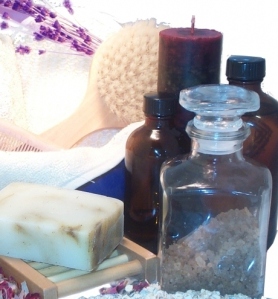 Independence Day is one of America’s most cherished holidays. The celebrations and festivities are commemorated with fireworks, barbeques, parades, and the flying of our American flag. Our younger generations enjoy the festivities and though most know it’s an Independence Day celebration, many don’t understand the significance or history involved that led to the national observance of July 4th.
Independence Day is one of America’s most cherished holidays. The celebrations and festivities are commemorated with fireworks, barbeques, parades, and the flying of our American flag. Our younger generations enjoy the festivities and though most know it’s an Independence Day celebration, many don’t understand the significance or history involved that led to the national observance of July 4th.
In 1775 conflict and tensions between the 13 North America ruled British colonies in and the British colonial government came to a head after many years of growing conflict. The ongoing conflicts eventually lead up to what we now know as The American Revolutionary War or the U.S. War of Independence which lasted until 1783.
As early as 1765 the colonists began to protest the British authorities due to taxes and equal rights on the basis that they were not properly represented in Parliament. British authorities wielded their power in such a way that they were taking political liberties and using them to the greatest advantage of British crown thus causing many colonist to rise up in resistance. There were several historical events that happened between 1765 and 1775 when the American Revolutionary War broke out. A couple that we’ve all heard of is the Boston Massacre and the Boston Tea Party, Massachusetts was at the heart of the resistance.
The Boston Massacre happened in 1770 when 5 colonists were killed by British troops. Though the officer in charge, Capt. Thomas Preston and eight of his soldiers were arrested, he and six of his men were acquitted and release while two soldiers received a guilty verdict for manslaughter. The tensions created by the massacre and resulting verdicts led to the eventual retreat of the British troops from Boston as well as abolishment of most import duties, note duties on tea remained in place. In 1773 The Boston Tea Party led by Samuel Adams boarded three ships importing tea from the monopolistic East India Company and dumped 342 chests filled with tea into the Boston Harbor. This defiant act against British is considered to be a pivotal moment in our history. These events in Boston (among others I’m sure) led to British authorities to invoke the Intolerable Acts which were designed to bring the colonies back into submission of British rule.
In 1775 when the American Revolutionary War did break out, not all colonists subscribed to independence from the British. Resistance groups grew quickly and by 1776 a full blow revolution that led to American independence was well underway. By July 2, 1776 the Continental Congress embraced a nearly unanimous vote in favor of American independence. Then, on July 4th 1776 the Declaration of Independence was officially adopted by Congress, thus our Independence Day was born and celebrated each July 4th.
I wish you all a very Happy Independence Day!
Source: History of July 4th, The Boston Tea Party of 1773, Declaration of Independence, American Revolutionary War, Intolerable Acts.


 Cosmeceuticals
Cosmeceuticals

 Fact or Fable #1: Drink lots of water for healthy looking skin.
Fact or Fable #1: Drink lots of water for healthy looking skin.
